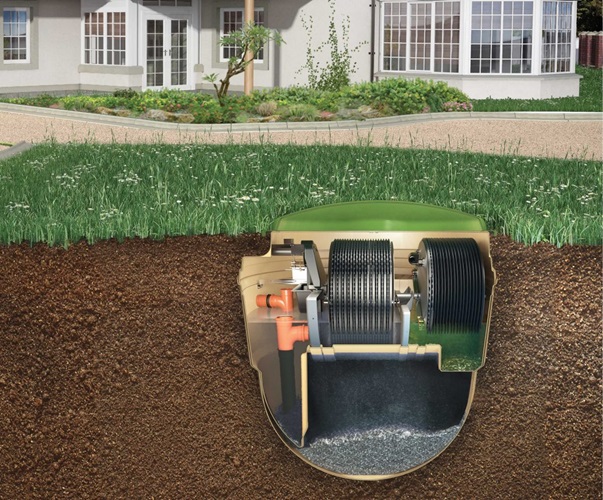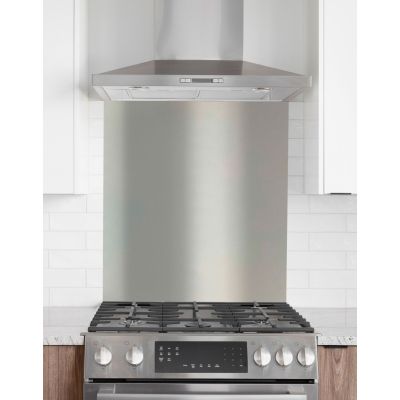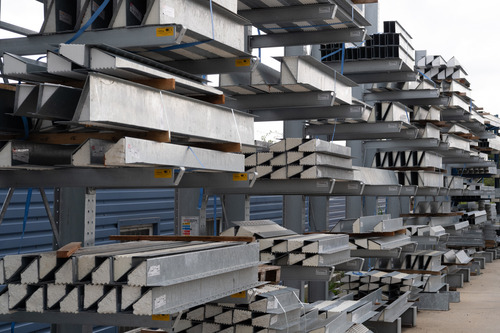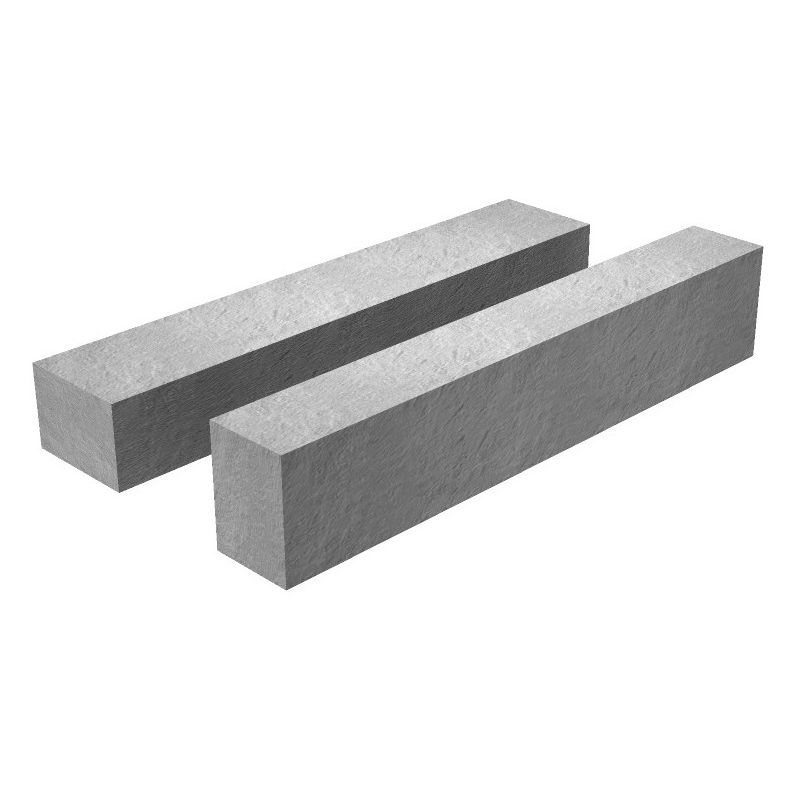A Klargester system typically refers to a sewage treatment system manufactured and provided by the company Kingspan Klargester. Kingspan Klargester specializes in the design and production of various wastewater management solutions for residential, commercial, and industrial applications. Their systems are commonly used for treating sewage, managing rainwater, and addressing environmental concerns related to wastewater.
A Klargester system often includes components such as sewage treatment plants, septic tanks, pumping stations, oil separators, and rainwater harvesting systems. The specific type of system depends on the intended application, the scale of the project, and the local environmental regulations.
For example, a Klargester sewage treatment plant is designed to receive, treat, and discharge sewage using biological processes, ensuring that the effluent meets or exceeds regulatory standards before release. On the other hand, a Klargester septic tank is designed to collect and treat wastewater from properties not connected to a public sewer system.
The term "Klargester system" can encompass a variety of products and solutions offered by Kingspan Klargester, each tailored to specific wastewater management needs. These systems are known for their effectiveness, compliance with environmental regulations, and, in some cases, features like compact design, low maintenance requirements, and energy efficiency. Users considering a Klargester system should consult with the manufacturer or authorized distributors to select the appropriate solution based on their specific requirements and site conditions.
How often do you empty a Klargester?
The frequency of emptying a Klargester or any sewage treatment system depends on several factors, including the size of the tank, the number of occupants or users, the volume of wastewater generated, and the design capacity of the system. Typically, the tank needs to be emptied when the accumulation of sludge and scum reaches a certain level to ensure the proper functioning of the system.
Here are some general guidelines for septic tanks and sewage treatment plants, which may include Klargester systems:
- Septic Tanks: In conventional septic tank systems, it's recommended to have the tank pumped and emptied every 3 to 5 years. However, this can vary based on factors such as household size, water usage, and local regulations.
- Sewage Treatment Plants: Klargester sewage treatment plants are designed to treat wastewater more thoroughly than septic tanks. The frequency of emptying a sewage treatment plant depends on its capacity, the level of treatment provided, and the specific design. Some systems may require less frequent emptying compared to traditional septic tanks.
It's crucial to follow the manufacturer's recommendations and guidelines for maintenance and emptying intervals provided in the system's documentation. Regular inspections by a qualified service professional can help assess the sludge and scum levels in the tank and determine if emptying is necessary.
Additionally, factors such as the introduction of non-biodegradable items, excessive water usage, or the use of harsh chemicals can affect the performance of the system and may necessitate more frequent maintenance.
Local regulations may also dictate how often a sewage treatment system needs to be emptied. Therefore, it's essential to be aware of and comply with any applicable regulations in your area.
To determine the specific emptying frequency for a Klargester system, it's advisable to contact the manufacturer, consult the system's documentation, or seek guidance from a qualified wastewater professional who can assess the specific conditions of your installation. Regular maintenance and timely emptying are essential to ensure the longevity and proper functioning of the sewage treatment system.
Shop Klargester online at Condell here.










